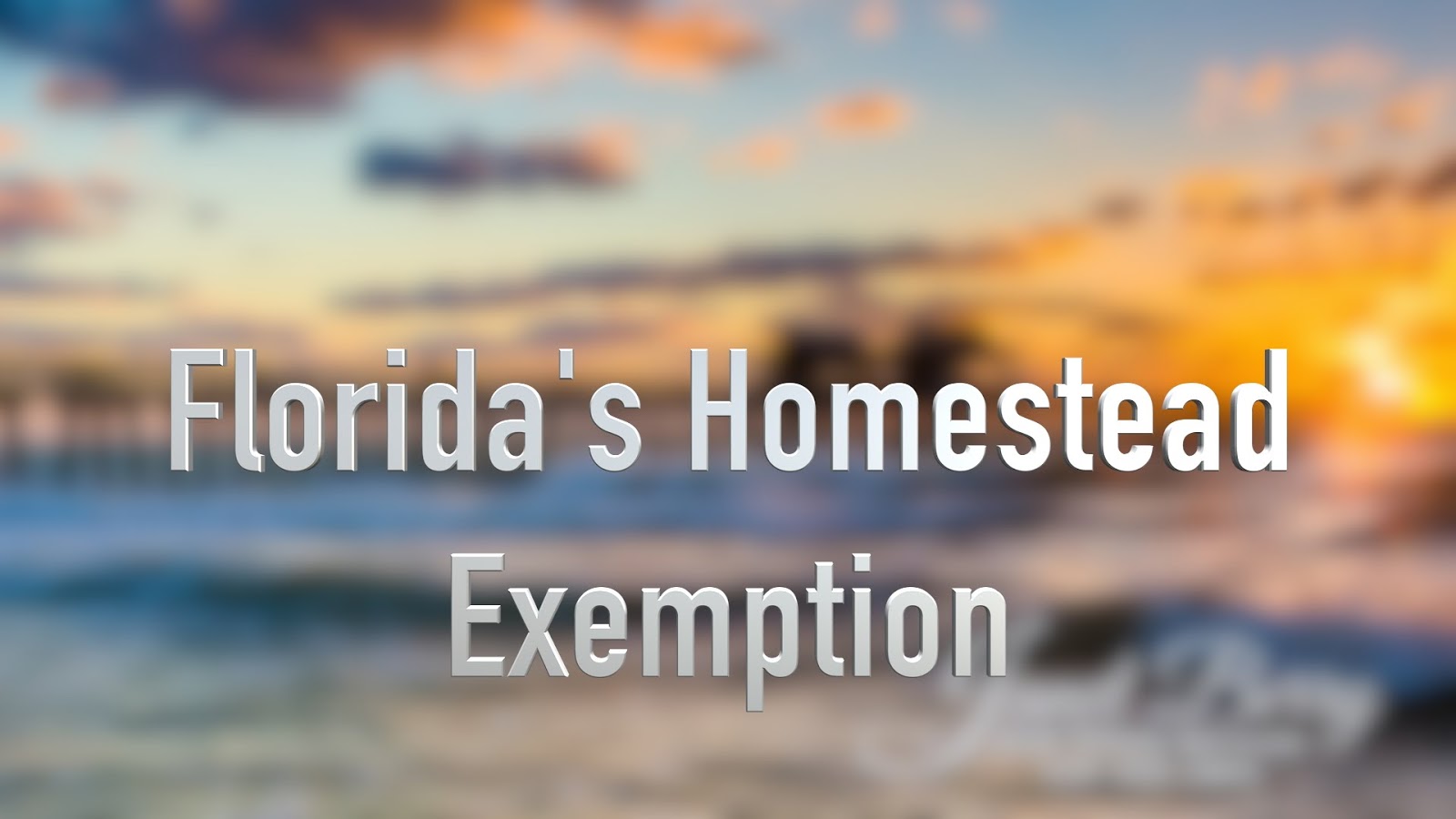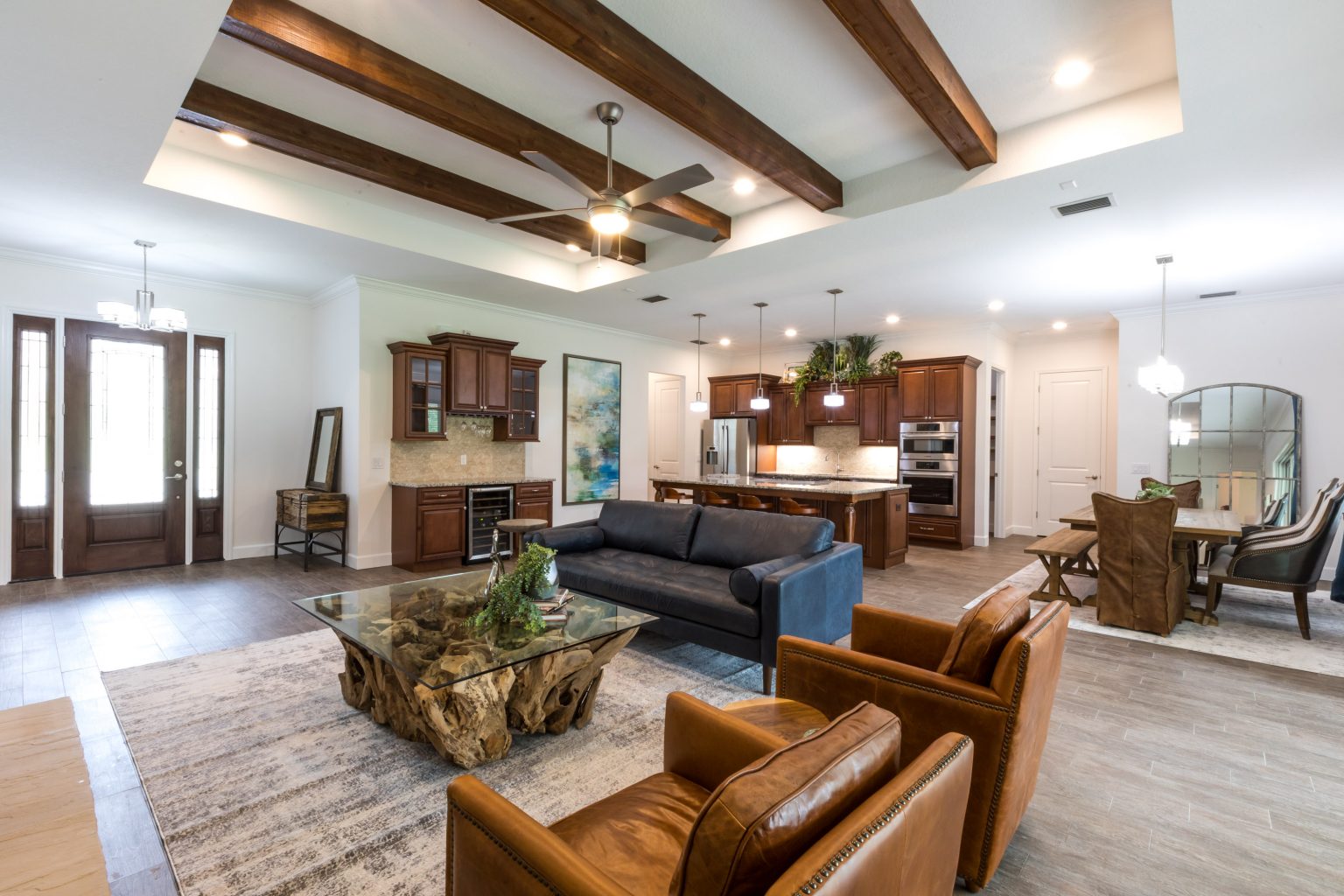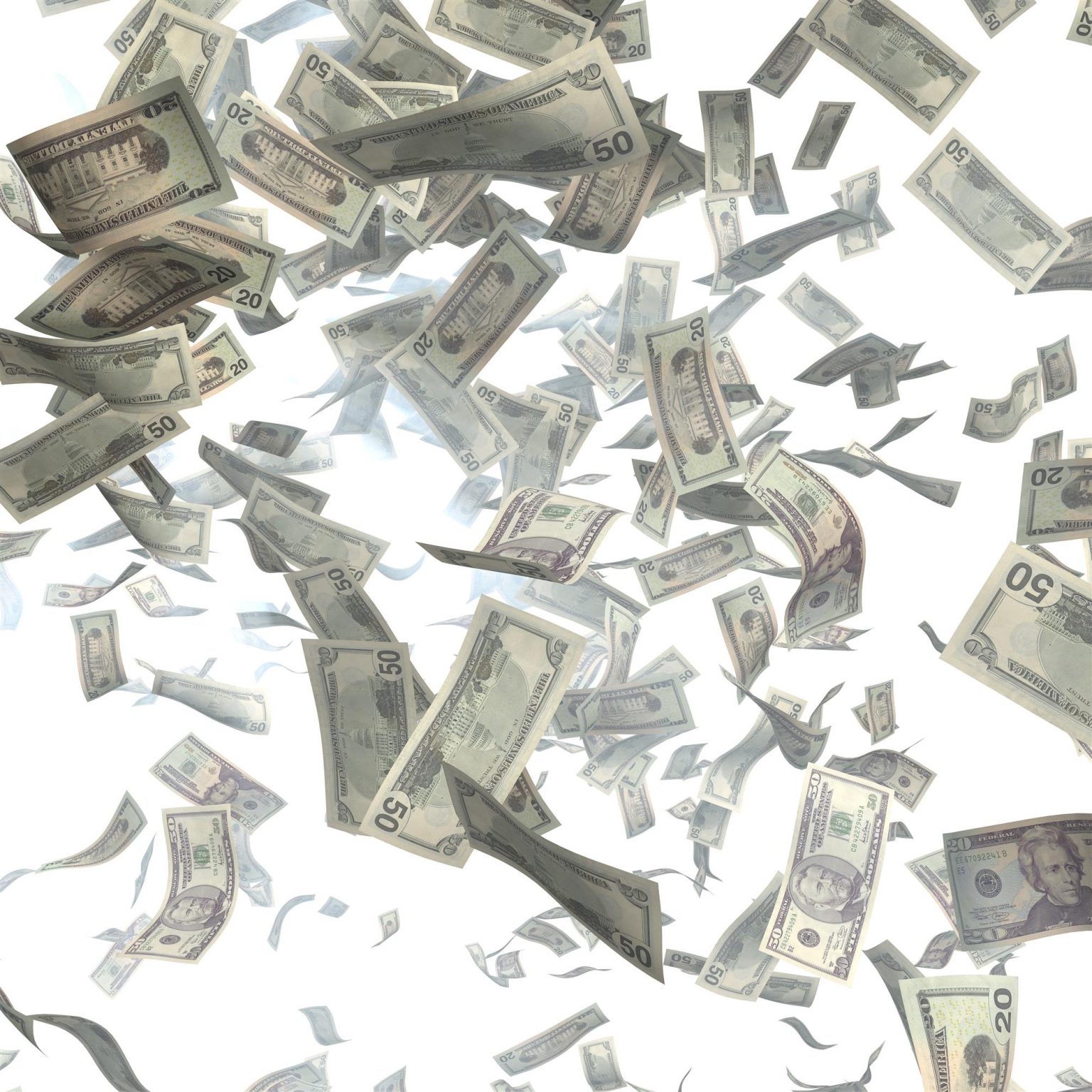Palm Beach County Inventory Surges as More Supply Arrives for High-Demand Market<
Palm Beach County total active listings rose year-over-year in June 2022, according to the MIAMI Association of Realtors (MIAMI) and the Multiple Listing Service (MLS) system.
MIAMI, July 20, 2022 /PRNewswire-PRWeb/ — Palm Beach County total active listings rose year-over-year in June 2022, according to the MIAMI Association of Realtors (MIAMI) and the Multiple Listing Service (MLS) system.
“After a historic year for home sales in 2021, more inventory is coming to the high-demand Palm Beach County real estate market,” JTHS-MIAMI President Brad Westover said.
Palm Beach County $600K to $999K Home Sales Rise in 2022
Palm Beach County total home sales decreased 32.4% year-over-year, from 4,030 to 2,724, , because of the rapid rise of mortgage rates from an average of 3% to 6% in six months and low inventory.
While down versus last year, Palm Beach’s home sales remain about on par with the last time the market had 5% mortgage rates in 2018 when Palm Beach had 3,095 sales in June 2018.
Palm Beach single-family home sales decreased 30.5%, from 2,117 to 1,442. Palm Beach condo transactions decreased 34.6%, from 1,913 to 1,252.
Palm Beach County homes prices between $600K to $99K increased for single-family homes, up 0.7% to 430 transactions, and for condos by increasing 5% to 125 transactions.
In June 2021, Palm Beach sales surged to a record-high because of 3% mortgage rates, higher supply (particularly in condos) and pandemic-driven demand.
In June 2022, Palm Beach sales were impacted by higher rates of 5-6% when contracts were established in April and May and lower inventory.
Housing is sensitive to rising mortgage rates. 2018 marked the last time mortgage rates hit 5%. Palm Beach June 2022 home sales finished about on par with the last time the market had 5% mortgage rates in 2018 when Palm Beach had 3,095 sales in June 2018.
South Florida: A Bargain in Comparison to Other Global Cities & Many U.S. Metros
Miami–Fort Lauderdale–West Palm Beach’s price per square meter is $3,170, far below at least 30 global cities and 13+ U.S. Metros including markets such as Hong Kong ($28,570), New York City ($17,191), San Francisco–Oakland–Hayward, CA ($8,250), Madrid, Spain ($6,173), Los Angeles-Long Beach–Glendale, CA ($4,740) and Seattle–Tacoma–Bellevue, WA ($4,460), according to National Association of REALTORS Profile of International Transactions in U.S. Residential Real Estate 2022.
Palm Beach County single-family home median prices increased 24% year-over-year in June 2022, increasing from $500,000 to $620,000. Existing condo median prices increased 31.6% year-over-year, from $237,500 to $312,500.
While median prices have increased nationally so has house-buying power because of a long-run decline in rates before March 2022 and the slow, but steady growth of household income. The First American Real House Price Index (RHPI) measures the price changes of single-family properties throughout the U.S. adjusted for the impact of income and interest rate changes on consumer house-buying power over time and across the United States. According to the latest RHPI, Miami remains more than 20% under its RHPI peak.
Home prices are determined by supply and demand. Lower supply and higher demand create higher prices. Demand for Palm Beach real estate is at all-time highs. Inventory for Palm Beach single-family homes (2.3 months) and condos (1.7 months) are low. Also, one of the supports for home prices is rents and rents are rising strongly.
Locally, the greater share of Palm Beach luxury sales is also part of the reason for the large year-over-year increase in median prices.
To battle national inflation, the Federal Reserve has aggressively raised rates this year and has plans for more hikes. High inflation and the Fed’s tightening policy are the main drivers behind rising mortgage rates.
Mortgage rates have risen from 3% in January to near 6% in July. On the same $300,000 mortgage, the monthly payment has risen from $1,265 in December to $1,800 today, according to NAR.
According to Freddie Mac, the average commitment rate for a 30-year, conventional, fixed-rate mortgage was 5.52% in June, up from 5.23% in May. The average commitment rate across all of 2021 was 2.96%.
The mortgage rate is projected to land at 5.3% by 4Q 2022, according to NAR. That is still low compared to an all-time average of about 8% in the U.S.
Long term, the hope is higher rates will lead to more days on the market (gives buyers more choices). Higher rates will eventually lead to a moderation of the growth rate of pricing. With the growth rate of pricing cooling, total inventory could grow later. Historically, inventory expands six months after rates rise, but today’s market is unlike any other.
Palm Beach County Total Active Listings Surge in June 2022
Inventory of single-family homes increased 51.4% year-over-year in June 2022 from 2,260 active listings last year to 3,421 last month. Condominium inventory increased 8.3% year-over-year to 2,408 from 2,224 listings during the same period in 2021.
New listings of Palm Beach single-family homes increased 11.9% to 2,286 from 2,043. New listings of condominiums increased 7.2%, from 1,592 to 1,707.
Months’ supply of inventory for single-family homes increased 76.9% to 2.3 months year-over-year, which indicates a seller’s market. Inventory for existing condominiums increased 13.3% to 1.7 months, which also indicates a seller’s market. A balanced market between buyers and sellers offers between six- and nine-months supply.
Total active listings at the end of June 2022 increased 29.9% year-over-year, from 4,484 to 5,829.
Nationally, total housing inventory at the end of June was 1,260,000 units, an increase of 9.6% from May and a 2.4% rise from the previous year (1.23 million). Unsold inventory sits at a 3.0-month supply at the current sales pace, up from 2.6 months in May and 2.5 months in June 2021.
Palm Beach Real Estate Posts $306.4 Million Local Economic Impact Just in June 2022
Every time a home is sold it impacts the economy: income generated from real estate industries (commissions, fees and moving expenses), expenditures related to home purchase (furniture and remodeling expenses), multiplier of housing related expenditures (income earned as a result of a home sale is re-circulated into the economy) and new construction (additional home sales induce added home production).
The total economic impact of a typical Florida home sale is $112,500, according to NAR. Palm Beach County sold 2,724 homes in June 2022 and had a local economic impact of $306.4 million.
Palm Beach total dollar volume totaled $2.3 billion in June 2022. Single-family home dollar volume decreased 20.3% year-over-year, from $2.1 billion to $1.7 billion. Condo dollar volume decreased 22.55% year-over-year, from $783 million to $606 million.
Palm Beach Distressed Sales Keep Dropping, Reflecting Healthy Market
Only 0.4% of all closed residential sales in Palm Beach were distressed last month, including REO (bank-owned properties) and short sales, compared to 0.8% in June 2021.
Total Palm Beach distressed sales decreased 69.7% year-over-year in June 2022, from 33 to 10. Short sales and REOs accounted for 0.03% and 0.3% year-over-year, respectively, of total Palm Beach sales in June 2022. Short sale transactions decreased 85.7% year-over-year while REOs decreased 65.4%.
Palm Beach’s percentage of distressed sales are on par with the national figure. Nationally, distressed sales represented less than 1% of sales in June, essentially unchanged from May 2022 and June 2021.
Palm Beach’s Percentage of Sales Continue to Outpace the Nation, State
In Florida, closed sales of single-family homes statewide totaled 28,296, down 17.2% year-over-year, while existing condo-townhouse sales totaled 11,796 down 27% over 15,491 in June 2021. Closed sales may occur from 30- to 90-plus days after sales contracts are written.
Nationally, total existing-home sales transactions completed transactions that include single-family homes, townhomes, condominiums and co-ops, dipped 5.4% from May to a seasonally adjusted annual rate of 5.12 million in June. Year-over-year, sales fell 14.2% (5.97 million in June 2021).
The statewide median sales price for single-family existing homes was $420,000 up 19.7% from the previous year, according to data from Florida Realtors Research Department in partnership with local Realtor boards/associations. Last month’s statewide median price for condo-townhouse units was $324,900, up 26.4% over the year-ago figure. The median is the midpoint; half the homes sold for more, half for less.
Nationally, the median existing-home price all housing types in June was $416,000, up 13.4% from June 2021 ($366,900), as prices increased in all regions. This marks 124 consecutive months of year-over-year increases, the longest-running streak on record.
Palm Beach Real Estate Attracting Multiple Bids, Buyers Going Over-List Price
The median percent of original list price received for single-family homes was 100% in June 2022, equal to last year. The median percent of original list price received for existing condominiums was 100%, up 2.5% from 97.6% last year.
The median number of days between listing and contract dates for Palm Beach single-family home sales was 12 days, a 9.1% increase from 11 days last year. The median time to sale for single-family homes was 55 days, a 9.8% decrease from 61 days last year.
The median number of days between the listing date and contract date for condos was 11 days, down 42.1% from 19 days. The median number of days to sale for condos was 51 days, a 20.3% decrease from 64 days.
Palm Beach Cash Sales More than Double the National Figure in June 2022
Cash sales represented 54.3% of Broward closed sales in June 2022, compared to 52.7% in June 2021. About 25% of U.S. home sales are made in cash, according to the latest NAR statistics.
Cash buyers are not deterred by rising rates. The high percentage of cash buyers reflects South Florida’s top position as the preeminent American real estate market for foreign buyers, who tend to purchase with all cash as well as some moving from more expensive U.S. markets who can buy more with their profits from real estate sales.
Cash sales accounted for 63.2% of all Palm Beach existing condo sales and 46.8% of single-family transactions.
To access June 2022 Palm Beach Statistical Reports, visit http://www.SFMarketIntel.com


 Facebook
Facebook
 X
X
 Pinterest
Pinterest
 Copy Link
Copy Link






